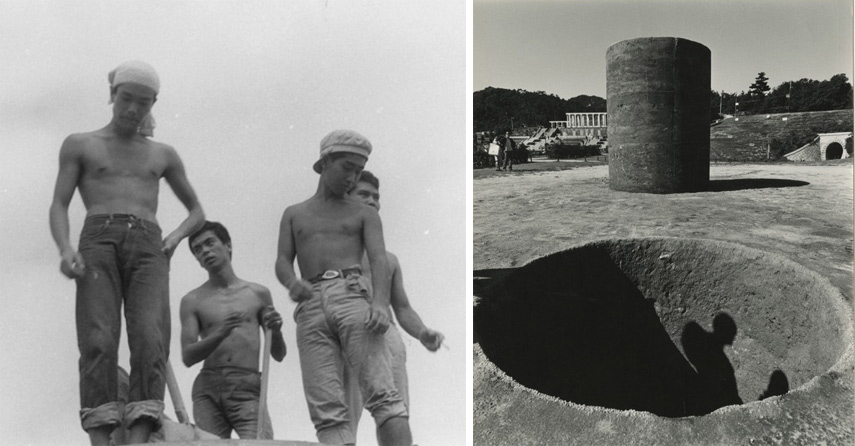Lee Ufan
Tokyo
August 10 (Wed.) – November 7 (Mon.), 2022
The National Art Center
https://leeufan.exhibit.jp/english/

The National Art Center, Tokyo is exhibiting a major retrospective by Lee Ufan (Korean: 이우환, Hanja: 李禹煥, born in Haman County, in South Kyongsang province in Korea), Korean minimalist painter, sculptor artist and academic, honored by the government of Japan for having contributed to the development of contemporary art in Japan. He has received a great deal of attention internationally as a prominent member of the Japan-based Mono-ha group. Founded in 1968 in Tokyo, Mono-ha (lit. “School of Things”) was a short-lived artistic phenomenon that developed out of close relations between Lee and sculptor Sekine Nobuo which ultimately sought to redefine the category known as non-art in the Japanese modern art scene. They presented objects in their “essential states,” liberated from pre-ascribed intentions, dissolving the boundary that divides the subject and object into separate entities. The Mono-ha group wanted to change the role of the artist from The Creator to the Re-arranger of Things into Artworks. The art of this group was forcefully anti-modernist, primarily comprising sculptures and installations that combined basic materials such as rocks, wood, sand, glass, cotton, and metal, often in simple arrangements and with minimal artistic intervention.
“Faced with this solid block of raw earth, the power of this object of reality rendered everybody speechless, and we stood there, rooted to the spot… I could feel the passing of time’s quiet emptiness… That was the birth of ‘Mono-ha’.” Lee Ufan states that, as an artist, he “prefer[s] to offer a visual opportunity through which viewers can encounter the world,” rather than to make an object that is simply to be seen. Art exists in the ambivalent territory between ideas and reality, opening up the space as a place of interaction, mutual influence, and contradictions. Lee thus defines an encounter as a moment “mediated by a kind of directness…and interactive event” that involves the inner self and the external world to “break through the systematic shell of the everyday.” Lee sees encounters as ephemeral, expressive acts that allow us to reexamine the ambiguity of self and the other. Trying to stay away from Western art Lee concluded: “The times forced us to reconsider our situation as modern artists in Japan, and to think about the significance of being free from American influence.” The art of Lee Ufan is rooted in an Eastern appreciation of the nature of materials and in a phenomenological school of thought in his theory and writing. Lee also resorted to visual art to express his frustrations with South Korea’s military government, which resulted in decades of experimental art. The origin of Mono-ha work may be found in Lee’s article “Sonzai to mu wo koete Sekine Nobuo ron (Beyond Being and Nothingness: A Thesis on Sekine Nobuo)” below: